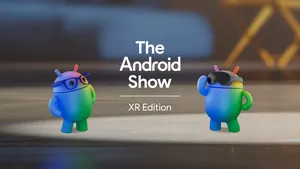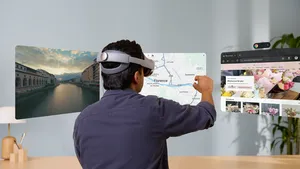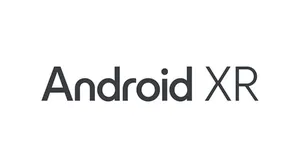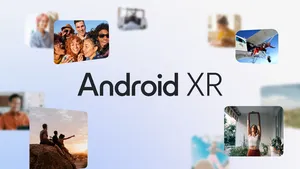How to publish VR180
Last year we introduced VR180, a new video format that makes it possible to capture or create engaging immersive videos for your audience. Most VR180 cameras work just like point-and-shoot models. However, what you capture in VR180 is far more immersive. You’re able to create VR photos and videos in stunning 4K resolution with just the click of a button.
Today, we’re publishing the remaining details about creating VR180 videos on github and photos on the Google Developer website, so any developer or manufacturer can start engaging with VR180.
For VR180 video, we simply extended the Spherical Video Metadata V2 standard. Spherical V2 supports the mesh-based projection needed to allow consumer cameras to output raw fisheye footage. We then created the Camera Motion Metadata Track so that you’re able to stabilize the video according to the camera motion after video capture. This results in a more comfortable VR experience for viewers. The photos that are generated by the cameras are written in the existing VR Photo Format pioneered by Cardboard Camera.
When you use a Cardboard or Daydream View to look back on photos and videos captured using VR180, you’ll feel like you’re stepping back into your memory. And you can share the footage with others using Google Photos or YouTube, on your phone or the web. We hope that this makes it simple for anyone to shoot VR content, and watch it too.
In the coming months, we will be publishing tools that help with writing appropriately formatted VR180 photos and videos and playing it back, so stay tuned!





